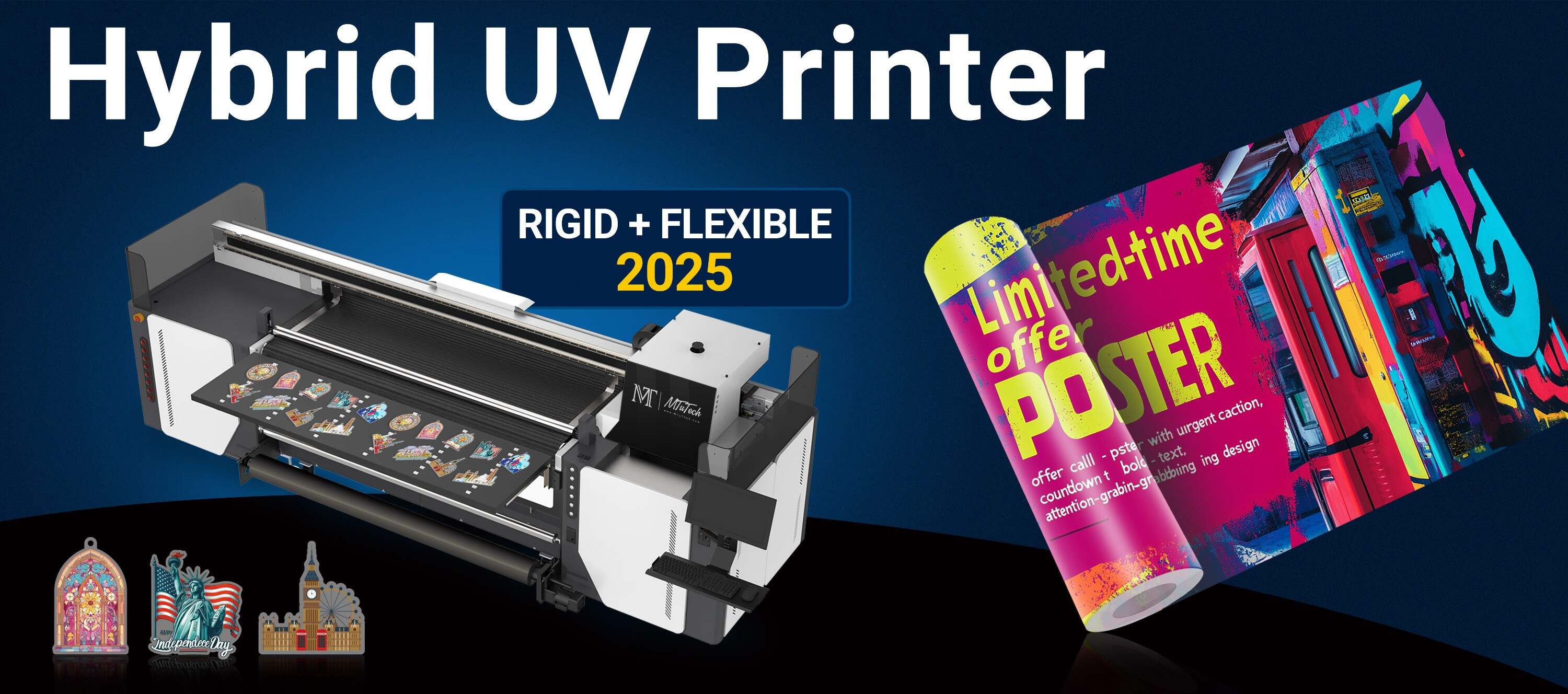
In the bustling world of UV printing, efficiency is paramount, particularly in high-volume print jobs where ink waste can lead to substantial financial losses. The demand for quality, speed, and cost-effectiveness has never been higher, making it essential for printers to adopt best practices that minimize waste while maintaining quality. This article explores various strategies for avoiding ink waste in high-volume UV print jobs, helping you to enhance your workflow and boost profitability.
Understanding Ink Waste
Ink waste can occur at various stages in the printing process, from setup to finishing touches. Understanding the factors that contribute to this waste is crucial in implementing effective measures to mitigate it. Some common causes of ink waste include:
Over-saturation of color in prints
Incorrect printer settings
Clogged printheads
Poor quality media
Inaccurate color profiles
Strategies for Reducing Ink Waste
1. Optimize Your Printer Settings
One of the first steps in minimizing ink waste is ensuring that your printer settings are optimized for each job. This includes:
Resolution: Adjust the print resolution according to the job requirements. Higher resolutions consume more ink but are necessary for fine detail.
Color Management: Use the correct color profiles for your media and design to minimize over-saturation.
Print Speed: Slower print speeds can allow for better ink adhesion and less overspray.
2. Use Quality Media
The choice of media can significantly influence ink usage. Low-quality substrates can absorb more ink than high-quality options, leading to excess waste. Invest in high-quality media that is compatible with UV printing technology to ensure efficient ink usage. Look for media that:
Has a high ink absorption rate
Is designed specifically for UV printing
Offers a smooth surface to reduce ink pooling
3. Monitor and Maintain Equipment
Regular maintenance of UV printers is essential to avoid issues that can lead to ink waste. This includes:
Regular cleaning of printheads to prevent clogging
Frequent inspections for any mechanical issues that could affect ink flow
Ensuring that ink cartridges are securely fastened and functioning correctly
4. Implement Efficient Job Scheduling
Proper job scheduling can maximize efficiency and minimize ink waste. Consider the following:
Batch Printing: Group similar jobs to reduce setup times and ink changes.
Adjust Print Order: Schedule jobs based on the ink colors used to minimize purging and cleaning processes.
5. Utilize Waste Ink Technologies
Many modern UV printers come equipped with various waste ink technologies that can help manage and reuse excess ink. Familiarize yourself with:
Ink Recycling Systems: These systems recycle waste ink and can be redirected to refill cartridges.
Automatic Purging: This feature minimizes the amount of ink that is purged and wasted when changing colors.
Investing in Advanced UV Printing Technology
The evolution of UV printing technology has significantly reduced the environmental impact and costs associated with ink waste. When considering new equipment, look for features that enhance efficiency:
Variable Drop Technology: Enables printers to adjust ink droplet sizes based on the design, reducing excess ink usage.
Smart Print Heads: Modern print heads can detect and adjust to changes in substrate, minimizing waste.
Adequate Ink Level Monitoring: Ensures that you do not run out of ink mid-job, which can lead to wasted prints.
With the right equipment, such as those available at Explore our high-quality UV printers here, you can enhance your printing capabilities while reducing ink waste.
Training and Educating Staff
One often-overlooked aspect of reducing ink waste is proper training. Your staff should be educated on:
The importance of following printer settings and guidelines
How to perform maintenance checks and recognize issues
Understanding color management and its impact on ink consumption
Consider hosting regular training sessions or workshops to keep your team's skills sharp and awareness high. This investment not only reduces waste but also enhances the overall quality of your output.
Conclusion
Minimizing ink waste in high-volume UV print jobs is crucial for enhancing efficiency and reducing costs. By optimizing printer settings, using quality media, maintaining equipment, scheduling jobs efficiently, investing in advanced technology, and training staff, you can achieve significant reductions in waste. With the right strategies in place, your printing operations can become more sustainable, cost-effective, and profitable.
FAQ
What are the main causes of ink waste in UV printing?
The main causes of ink waste include over-saturation, incorrect printer settings, clogged printheads, poor media quality, and inaccurate color profiles.
How can I optimize my printer settings to reduce ink waste?
To optimize printer settings, you should adjust the resolution, use the correct color management profiles, and select an appropriate print speed for each job.
Is using higher-quality media worth the investment?
Yes, using higher-quality media can reduce ink waste by having better ink absorption properties and less surface irregularity. This leads to more efficient printing and better overall results.
What maintenance practices can help minimize ink waste?
Regular maintenance practices include cleaning the printheads, checking for mechanical issues, and ensuring ink cartridges are securely in place and functioning correctly.
How can investing in new technology reduce ink waste?
Investing in advanced UV printing technology can incorporate features like variable drop technology, smart print heads, and adequate ink level monitoring which all contribute to less ink consumption and overall waste.
